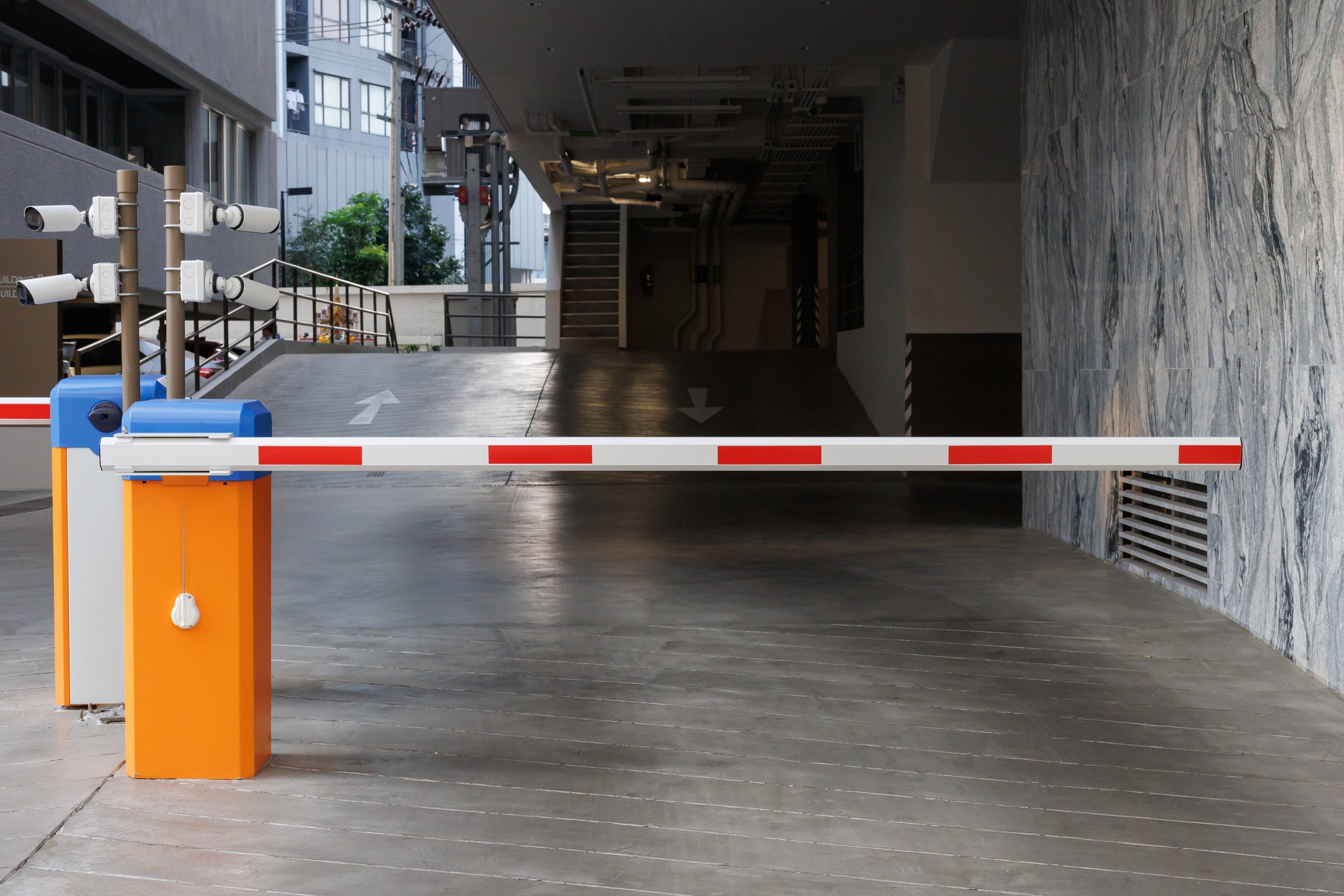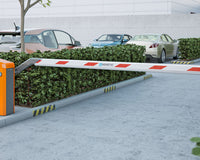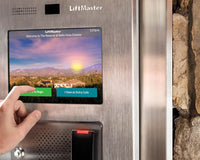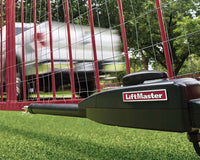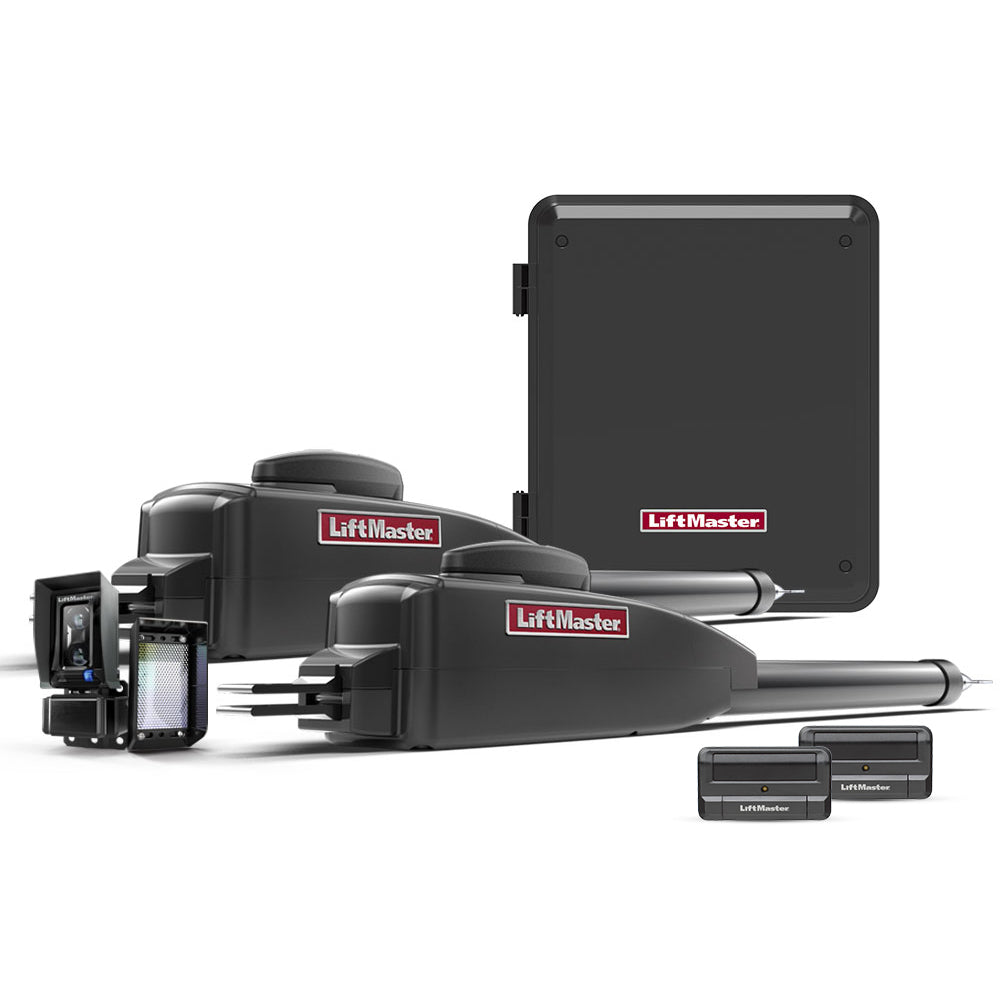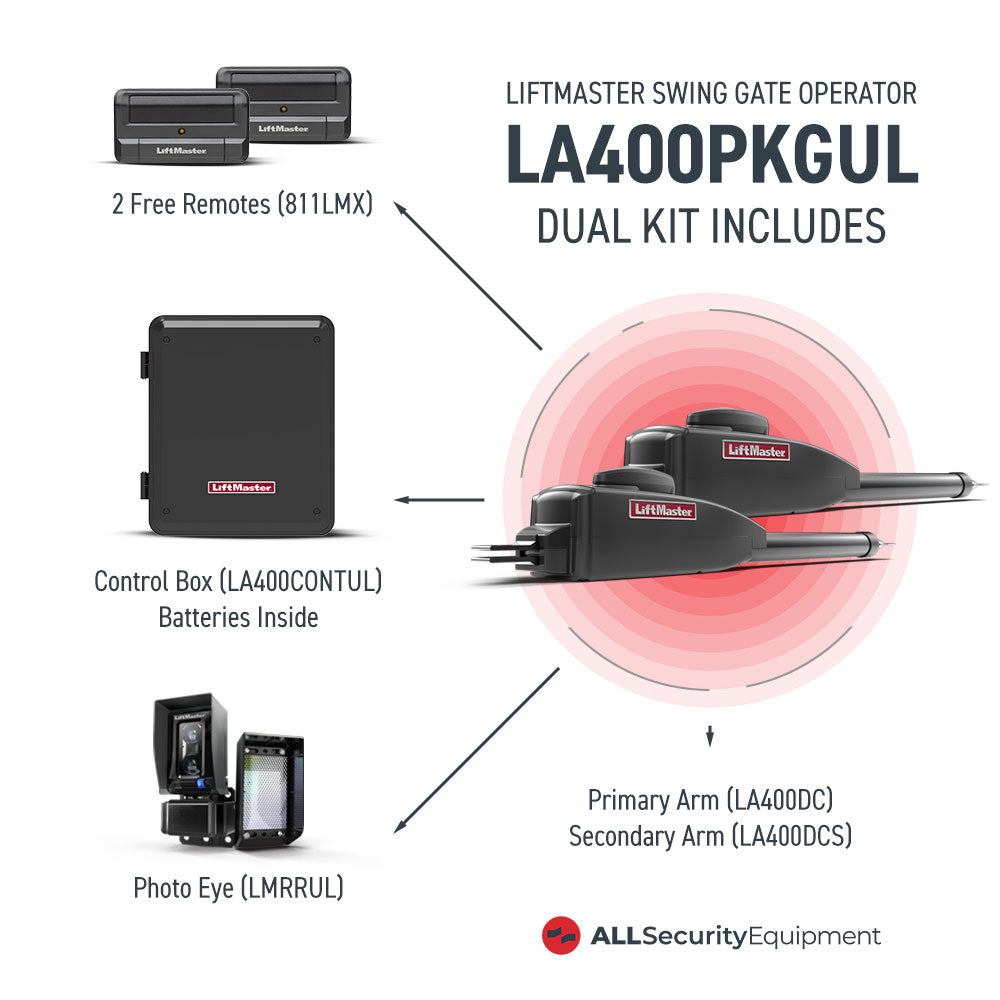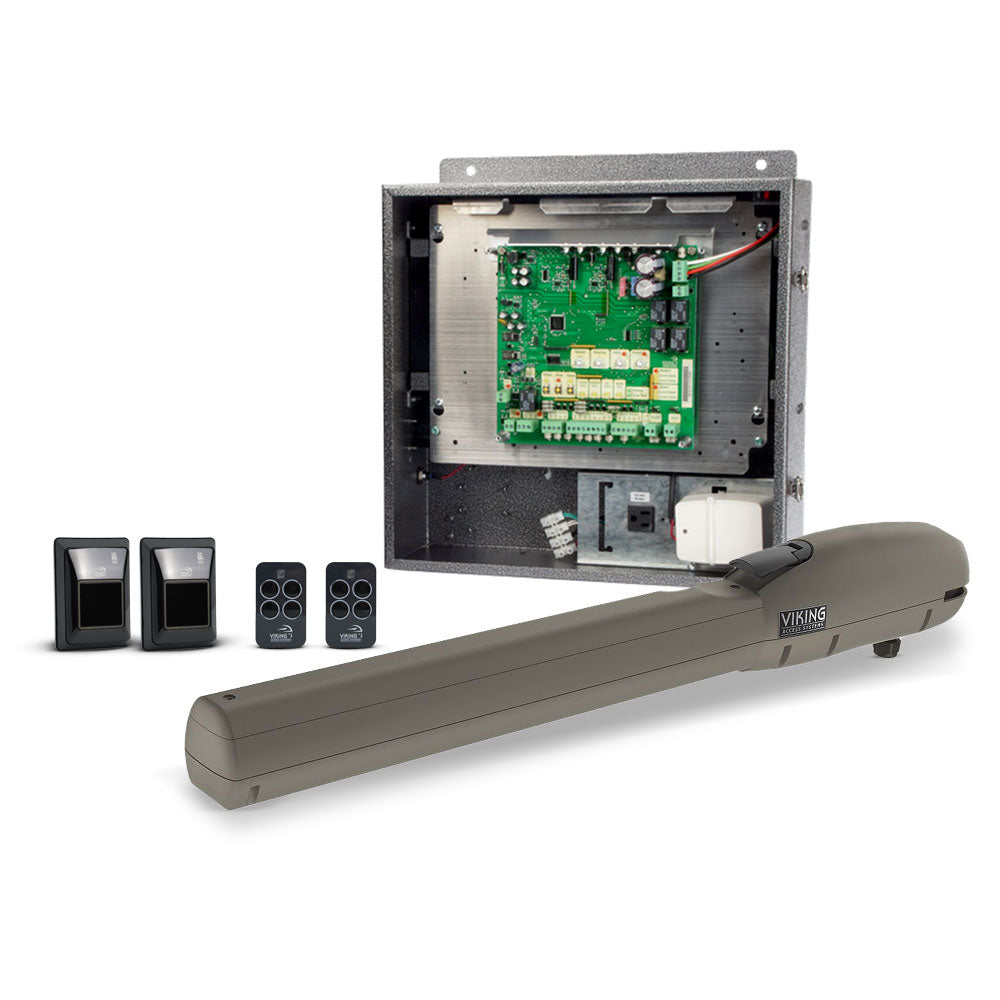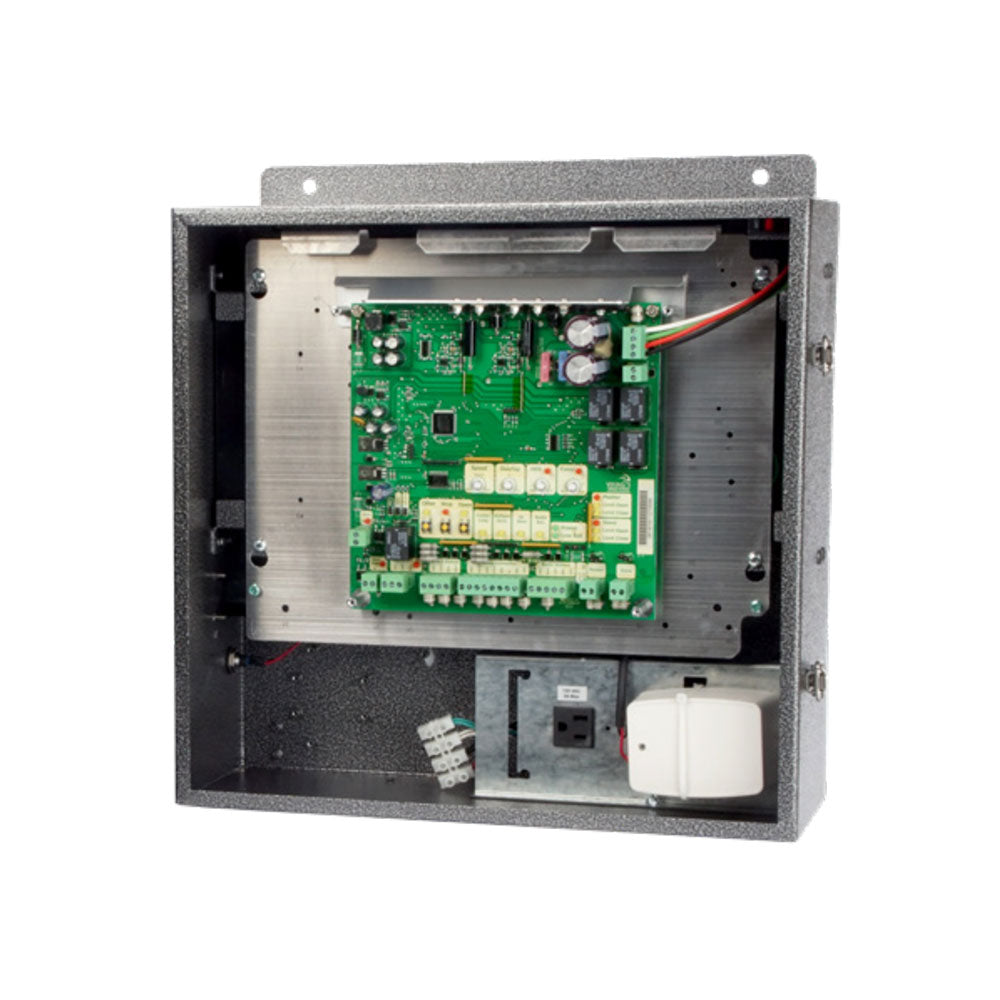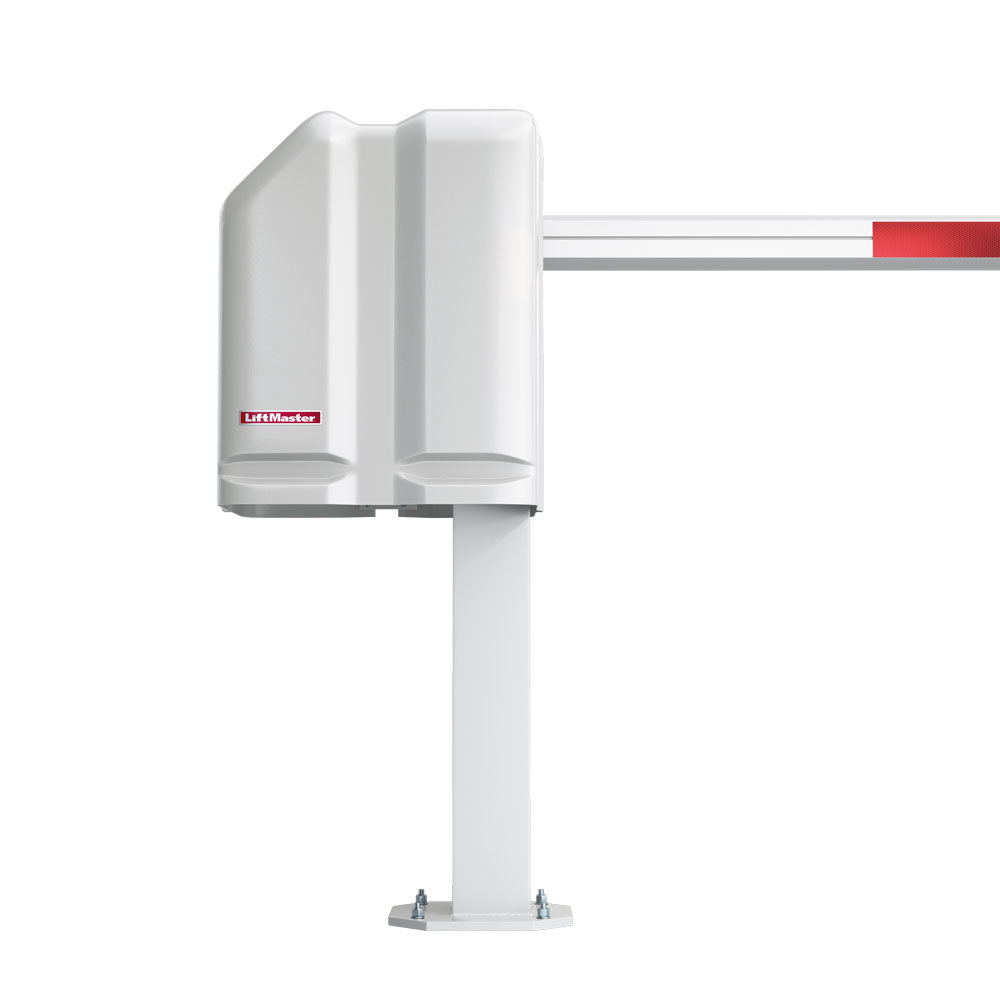Summer is when the real test begins—not just for your patience in traffic, but for the parking systems you rely on to manage flow, control access, and keep properties secure.
If you've ever stood in front of a jammed parking gate while traffic backs up behind you, you already know what we're talking about. Heat and parking system issues go hand in hand, and when the mercury rises, so do failure rates. Motors overheat. Sensors glitch. Metal expands. Plastic warps.
For many facility managers, this isn’t theory—it’s an annual headache. Especially when your crowd control bollards are bolted into concrete that's now hotter than a stovetop, and your gate operator is trying to cycle through hundreds of vehicles during a heat wave.
Why Summer Is Brutal on Parking Gates
You might think parking systems are built to withstand the elements—and many are. But summer brings a unique storm of issues that most people don’t account for:
-
Solar glare interferes with photo eyes and sensors
-
Asphalt and gate tracks expand, making movement sluggish or uneven
-
Excessive motor cycling in peak heat can trigger auto shut-offs
-
Overheated batteries in solar-powered units may degrade or fail entirely
-
Plastic housings warp, causing misalignment in locking mechanisms
Pair that with crowds—holiday weekends, outdoor events, summer festivals—and your once-reliable access system can quickly become a hot mess.

Crowd Control Isn’t Just About Events
We often think of crowd control bollards as static safety tools—good for concerts, stadiums, or high-foot-traffic areas. But in summer, especially in mixed-use parking environments, they become strategic.
Why? Because gates fail. And when they do, bollards step in as passive control systems. They guide traffic even when electronics don’t. They prevent lot overflow. They keep emergency access points clear. And if installed with visibility in mind—bright colors, reflective tape—they help reduce accidents during equipment downtime.
Want examples? Our bollard collection includes surface-mounted and removable models ideal for high-heat commercial lots and garages.
Real-World Scenario: The Long Weekend Breakdown
Picture this: It’s Friday afternoon before the Fourth of July. Your parking lot’s automated entry gate just stopped working—probably due to sensor misalignment or a tripped thermal switch. Cars are backing up, guests are honking, and security staff is stretched thin.
Now imagine if you’d had bright yellow crowd control bollards pre-installed at alternate entrances. You could direct overflow traffic through a secondary access point, without scrambling for cones or waving flags in 98-degree heat.
Or if your gate operator had been serviced in May—with cooling fans checked, tracks cleared, and firmware updated—you’d probably be enjoying your long weekend instead of fielding urgent calls.
It’s not too late. Our blog on parking lot prep for summer events walks through strategies to stay ahead of the surge.
Small Fixes That Prevent Big Problems
Here’s the truth: most summer parking gate problems aren’t surprises. They’re patterns. You know your traffic flow. You know your peak months. You know the weak spots in your system.
The fix doesn’t always require a full system overhaul. Sometimes it’s:
-
Replacing a brittle sensor cover with a UV-rated one
-
Adding passive bollards at pressure points to manage pedestrian flow
-
Upgrading your control cabinet’s ventilation
-
Applying lubricant to tracks and hinges in early June—not mid-August
If you have solar-powered gates, check the battery housing. Heat degrades lithium faster than cold ever could. And if you're still using metal keypads without weather protection? Those numbers might expand or stick come July.
Not sure what your gate opener can handle? Our gate operator collection includes systems designed for high-cycle, high-temperature environments.
Let Summer Be Busy—Not Broken
Parking systems should work hardest when you do. They should guide guests efficiently, respond to traffic demands, and recover gracefully when the unexpected happens.
That means planning not just for operation, but for failure modes—what happens when the power blinks, the gate jams, or the crowd surges past the usual headcount. It means using physical infrastructure like crowd control bollards as allies, not afterthoughts.
Summer doesn’t have to be your maintenance department’s villain. With the right prep, the right equipment, and a clear traffic flow plan, your gate system can handle the heat—and the pressure.

